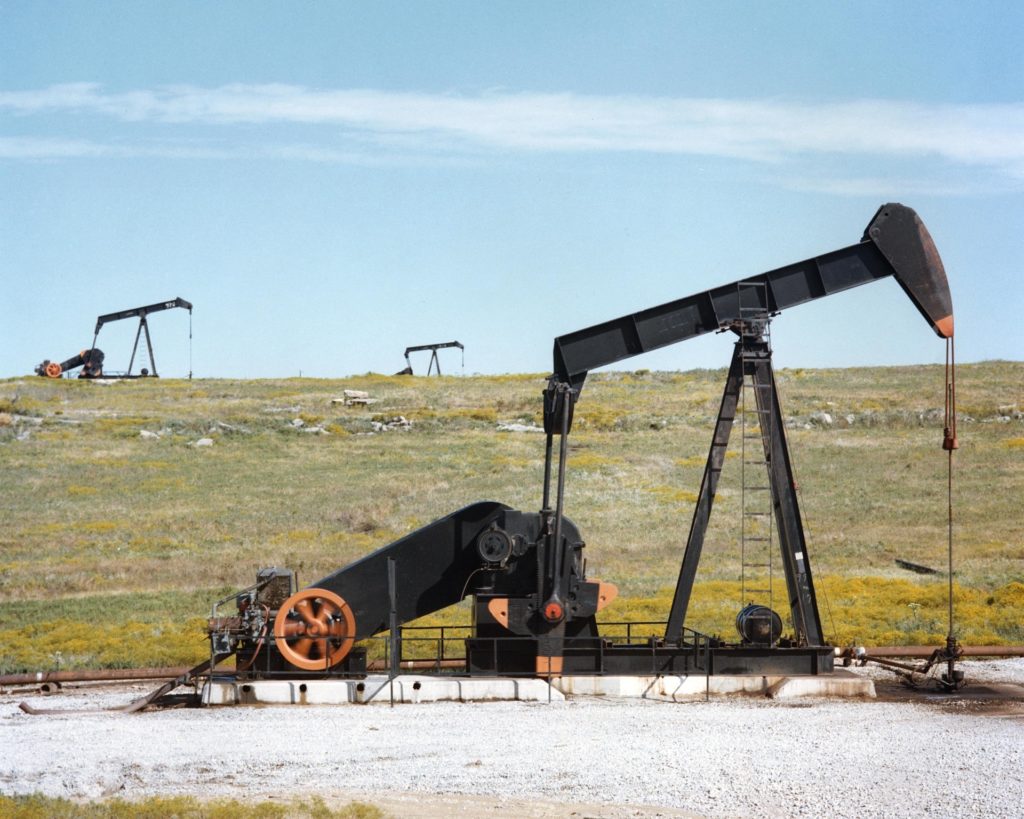
It’s the time of the year when oil companies start announcing their budgets for next year and besides a steady albeit guarded optimism, one thing stands out: oil majors are doubling down on their shale endeavors.
Chevron, ConocoPhillips, and Hess Corp all announced their capex plans for next year in the last few days and all three have big plans for U.S. shale. In fact, Conoco said it would allocate half of its budget on onshore operations in the United States, while Hess Corp said the bulk of its US$1.89 billion production growth budget, or US$1.425 billion, would be poured into the Bakken play.
Chevron has earmarked US$3.6 billion for expanding its production in the Permian and another US$1.6 billion will be invested in other shale plays in the United States. That makes a total of US$5.2 billion for U.S. shale, which is substantially higher than this year’s budget of US$4.3 billion.
Anadarko, which made its 2019 spending plans public last month, said it planned to allocate more than two-thirds of its 2019 budget to shale operations, with a particular focus on the Delaware Basin in the Permian and the DJ basin in Colorado.
According to Bloomberg, shale has become “a safe haven” for Big Oil amid the recent increased volatility in prices. The argument is that shale production costs are much lower than a few years ago and combine with the opportunity for a steady production increase and quicker returns than conventional projects.
The recent assessment of the U.S. Geological Survey of the recoverable reserves in the Wolfcamp basin must have added fuel to Big Oil’s shale enthusiasm. The authority estimated that the Wolfcamp basin, together with the Bone Spring formation, also in the Permian, hold the largest reserves of oil and gas ever uncovered, at 46.3 billion barrels of crude and 281 trillion cu ft of natural gas. Great news for those who have the cash to expand in the area. Not all are so enthusiastic, however.
The latest Baker Hughes weekly rig count report, for instance, suggests some producers are curbing their production expansion efforts amid prices that have stubbornly refused to rebound despite OPEC+’s decision to cut 1.2 million bpd from global supply. The “volatile prices” argument seems to be weaker than usual this time. After Brent crude and WTI started down in early October, losing over 30 percent within a month, they have hovered around US$60 and a little over US$50 a barrel, respectively, for a couple of weeks now. That’s despite the OPEC+ agreement and a major production disruption in Libya.
It looks like shale production growth is countering potential worries about crude oil supply successfully, with the help of global economy forecasts that suggests sluggish oil demand growth. But it’s questionable whether this would be to the benefit of most shale producers. In fact, with the exception of Big Oil, most might in fact reduce their spending in the shale patch.
“If you look at the Canadian producers, when you’re looking at the wide spreads of the Western Canadian Select versus WTI, you look at some of the real cost to get some of the crude out of the Bakken because the pipelines are full – I think we are going to start seeing a slowdown in drilling if they don’t see some prices turn around,” Marathon Petroleum’s chief executive recently told Fox Business.
Analysts expect lower capex plans among shale players, according to a Bloomberg report, that would reflect the price correction’s effect on their 2019 scenarios, which most commonly took US$50 per barrel as the lowest price for budgeting expenditures. The longer WTI stays around US$50, the sooner it would start eating into cash flows just as they began reemerging.
It’s nothing new that Big Oil is better positioned than others in the shale patch. They have the resources to expand their acreage and they have done so. It will, however, be interesting to see whether they will revise their spending plans if WTI remains at US$50-52 for longer.



